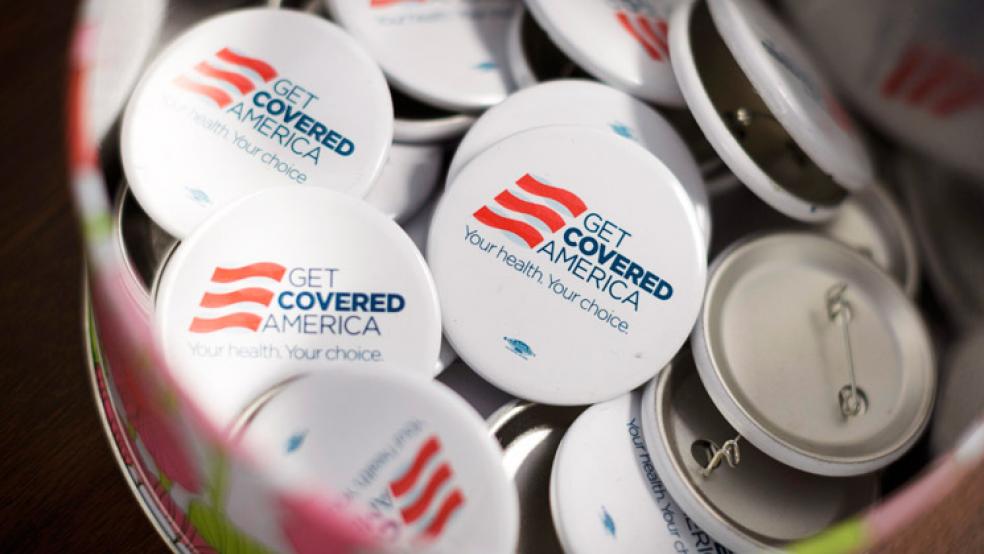With the deadline to sign up for coverage only a few weeks away, we’re starting to get a better idea of how Obamacare’s first enrollment period is shaping up.
The Obama administration said Tuesday that some 4.2 million Americans have enrolled on the state and federal health exchanges through February. Of those, 27 percent are young adults—the demographic that officials have stressed are needed in order to keep premiums low.
Related: 3.3 Million Sign Up For Obamacare
While the report offers some insight into the demand for Obamacare ahead of the March 31 deadline, the administration still has not provided details that are crucial to assessing the overall performance of the new law.
In order to determine how the Obamacare rollout is really going, these questions must be answered.
1. How many people are actually purchasing plans? The administration’s figures represent the number of people selecting plans on the state or federal exchanges. They do not indicate how many enrollees have actually paid for their plans.
That means the number of people getting coverage through the exchanges is likely lower. Although there are no official estimates, a new study from the McKinsey consulting firm found about 25 percent had not paid for their policies. If that is accurate, the number of enrollees would fall to about 3.1 million.
Related: Obamacare May Be Failing the Uninsured
2. Is the goal of insuring the uninsured being met by the new law? A key goal of the healthcare reform law is to extend coverage for millions of uninsured Americans. So, it’s important to know how many of the Obamacare enrollees were previously uninsured.
The Obama administration, however, has not provided figures to answer that question. On a call to reporters Tuesday, CMS officials explained that they only have that information available from enrollees who are receiving federal subsidies, and they did not want to release “incomplete” data. A little more than 80 percent of enrollees have qualified for subsidies, so offering even a partial snapshot of that data could be helpful.
A separate study from McKinsey found that just 27 percent of Obamacare enrollees were previously uninsured. Some analysts suggest that the majority of people signing up for coverage were either kicked of their policies because of the new law, or they found more affordable plans on the exchanges.
Still, a new Gallup poll released Monday found the uninsured rate has fallen to its lowest level in recent history, and the pollsters credit some of the decline to Obamacare. The current drop in the unemployment rate could also be a factor.
3. How will the mix of enrollees impact the price of premiums and deductibles? The administration has stressed the importance of enrolling enough young, healthy Americans in order to offset the costs of premiums for older, sicker individuals.
The latest figures released Tuesday show that Americans ages 18-34 account for 27 percent of enrollment—still well below the White House’s 40 percent benchmark. However, an analysis by the Kaiser Family Foundation found that even if young people signed up at just half the rate of the administration’s goal—which they have already surpassed-- premiums would only go up by 2.4 percentage points. The study did not address how a similar situation would impact the price of deductibles.
Regardless, administration officials say they are still expecting a surge of young enrollees ahead of the March 31 deadline. They point to Massachusetts where in 2007, enrollment numbers for Bay Staters 35-years-old and younger more than doubled in the final month of open enrollment.
Top Reads from The Fiscal Times:
- Consumers Hit With Surprise Tax in Obamacare Premium
- Obamacare: Obama’s Press Secretary Defends the Indefensible
- Obamacare Victims Are ‘Liars,’ Says Top Democrat





